Home>Technology>Home Entertainment Systems>How Do Movies And Television Influence People’s Behavior
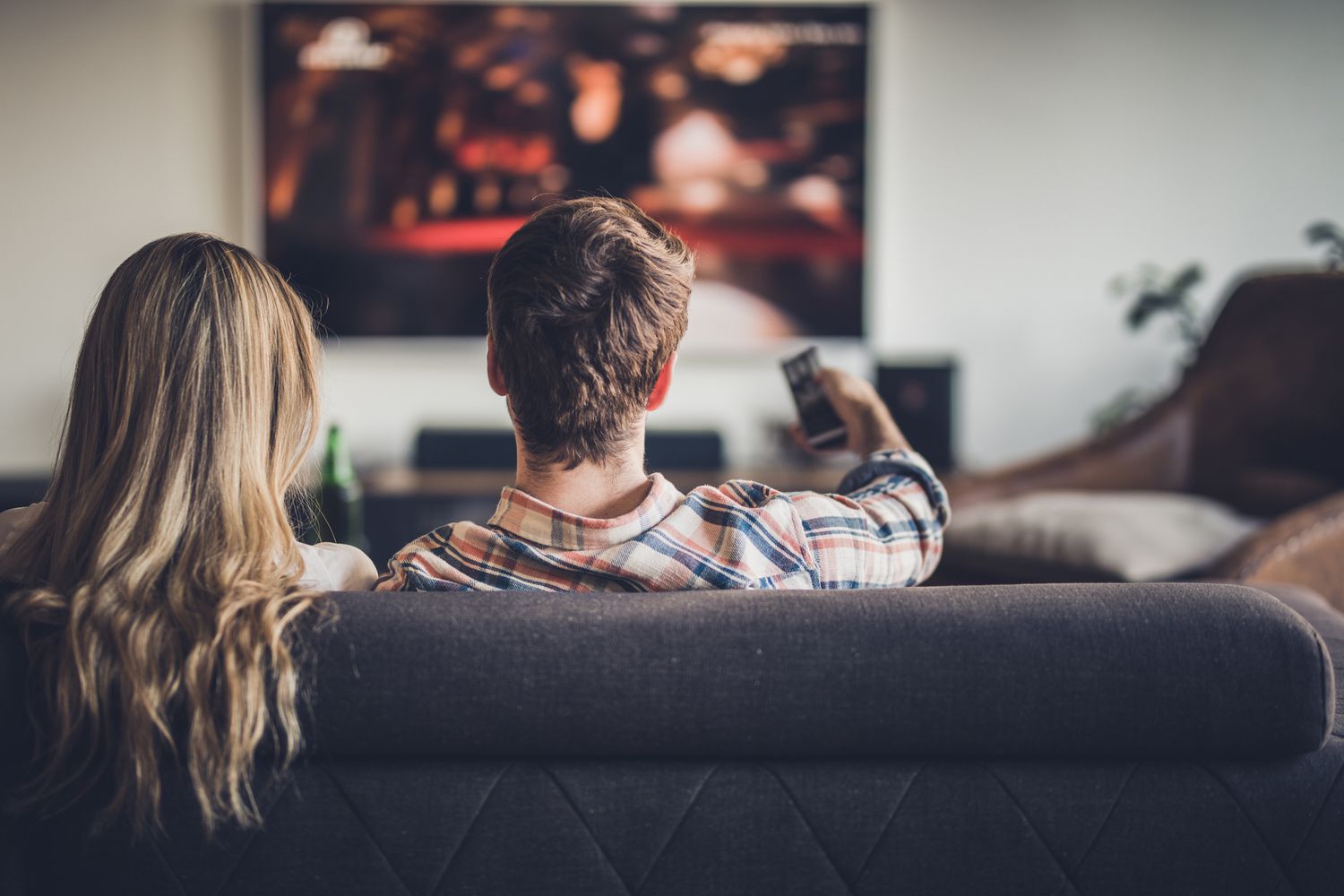

Home Entertainment Systems
How Do Movies And Television Influence People’s Behavior
Published: December 21, 2023
Discover the impact of movies and television on human behavior and explore the influence of home entertainment systems. Uncover the power of media in shaping our actions and attitudes.
(Many of the links in this article redirect to a specific reviewed product. Your purchase of these products through affiliate links helps to generate commission for Storables.com, at no extra cost. Learn more)
Introduction
From the silver screen to the small screen, movies and television shows have long been influential forces in shaping societal norms, attitudes, and behaviors. The power of visual media to captivate audiences and convey compelling narratives has made it a pervasive and persuasive medium for conveying messages and influencing human behavior. This article will delve into the multifaceted ways in which movies and television influence people’s behavior, from the portrayal of role models and reinforcement of stereotypes to the impact on consumer behavior and the desensitization to violence. By exploring these dynamics, we can gain a deeper understanding of the profound impact of visual media on individuals and society as a whole.
Key Takeaways:
- Visual media like movies and TV shows can shape how we think and act by portraying role models, perpetuating stereotypes, and influencing consumer behavior, so it’s important to critically analyze and understand their messages.
- Characters and narratives in movies and TV can influence our attitudes and behaviors, so it’s crucial to be mindful of the impact of visual media and approach it with media literacy and discernment.
Read more: How Home Decor Influences People
The Power of Visual Media
Visual media, encompassing both movies and television, holds a profound influence over society. The combination of vivid imagery, compelling storytelling, and emotional resonance makes it a potent vehicle for shaping perceptions and attitudes. The immersive nature of visual media allows viewers to emotionally connect with the characters and narratives, leading to a heightened impact on their thoughts and behaviors.
Moreover, the accessibility of visual media in today’s digital age has amplified its reach, enabling it to permeate diverse demographics and cultures. Whether through streaming platforms, cable television, or cinema screens, visual media has the ability to reach millions of individuals, transcending geographical boundaries and cultural barriers.
Furthermore, the visual nature of movies and television makes them particularly effective in conveying complex messages and concepts. From visually depicting historical events to showcasing futuristic worlds, visual media has the power to evoke empathy, provoke contemplation, and inspire action. This ability to evoke emotional responses and stimulate critical thinking underscores the profound influence of visual media on people’s beliefs and behaviors.
Additionally, the integration of advanced special effects and cinematography techniques enhances the visual appeal of movies and television shows, further intensifying their impact. Spectacular visuals and immersive audio-visual experiences can leave a lasting impression on viewers, shaping their preferences, aspirations, and even their perception of reality.
In this way, visual media serves as a compelling and persuasive force in shaping societal attitudes, influencing individual behaviors, and fostering cultural change. By recognizing the power of visual media, we can appreciate its far-reaching influence and the responsibility that comes with creating and consuming visual content.
The Influence of Role Models
One of the profound ways in which movies and television influence people’s behavior is through the portrayal of role models. Characters depicted on screen, whether heroic protagonists, relatable protagonists, or morally ambiguous anti-heroes, can serve as powerful influencers on the audience, particularly on young and impressionable viewers.
Positive role models showcased in movies and television shows can inspire individuals to emulate admirable traits such as courage, resilience, and compassion. These characters often embody qualities that viewers aspire to possess, and their actions and decisions can serve as guiding lights for real-life behavior. Whether it’s a heroic protagonist who stands up for justice or a compassionate mentor who imparts wisdom, positive role models in visual media can instill values and principles in the audience.
Conversely, negative or morally ambiguous role models can also impact viewers, sometimes leading to the normalization of unethical or destructive behavior. Characters who engage in dishonesty, aggression, or unethical conduct may inadvertently influence viewers, especially when such behaviors are glamorized or presented without consequences. This underscores the responsibility of content creators to consider the ethical implications of the characters they portray and the behaviors they endorse.
Furthermore, the representation of diverse and multifaceted role models in movies and television can contribute to fostering inclusivity and promoting empathy. When individuals from various backgrounds, cultures, and identities are portrayed as complex and empowered characters, it can broaden viewers’ perspectives, challenge stereotypes, and cultivate understanding and acceptance.
It’s essential for viewers to critically analyze the role models depicted in visual media and recognize the impact they have on shaping attitudes and behaviors. By promoting positive and aspirational role models while also depicting the complexities of human nature, movies and television can serve as a catalyst for inspiring positive change and nurturing a more empathetic and principled society.
Stereotypes and Social Norms
Movies and television play a pivotal role in shaping and perpetuating societal stereotypes and social norms. The portrayal of characters and narratives in visual media often reflects, and at times reinforces, prevailing stereotypes and established social norms, influencing how individuals perceive themselves and others.
One of the significant impacts of visual media is its ability to either challenge or perpetuate stereotypes related to gender, race, ethnicity, and other identity markers. The representation of diverse characters in movies and television can either break down stereotypes and promote inclusivity or perpetuate harmful biases and misconceptions. The perpetuation of stereotypes can have far-reaching effects, contributing to societal prejudices and influencing individual attitudes and behaviors.
Moreover, visual media often plays a role in defining and reinforcing social norms and expectations. The portrayal of idealized lifestyles, beauty standards, and interpersonal relationships in movies and television can shape individuals’ perceptions of what is considered normal or desirable. This can influence everything from personal aspirations and self-image to societal attitudes toward relationships, success, and societal roles.
However, visual media also has the potential to challenge stereotypes and redefine social norms. When movies and television shows present nuanced and authentic portrayals of diverse characters and lifestyles, they can contribute to breaking down stereotypes and reshaping societal perceptions. By depicting empowered and multidimensional characters who defy traditional norms, visual media can inspire viewers to question and transcend societal limitations and biases.
It is crucial for content creators to be mindful of the impact of their portrayals and strive to promote diversity, authenticity, and inclusivity in their storytelling. By challenging stereotypes and presenting a rich tapestry of human experiences, movies and television can play a pivotal role in reshaping societal attitudes and fostering a more equitable and empathetic world.
Tip: Be mindful of the media you consume, as movies and TV can influence your behavior. Pay attention to the messages being portrayed and think critically about their impact on your thoughts and actions.
Violence and Aggression
Movies and television have a profound impact on shaping attitudes towards violence and aggression. The portrayal of violent acts and aggressive behavior in visual media can influence individuals’ perceptions of conflict resolution, desensitize them to violence, and potentially impact their own propensity for aggressive behavior.
When violence is glamorized or sensationalized in movies and television shows, it can desensitize viewers to the real-life consequences of aggression. Graphic depictions of violence, particularly when devoid of context or repercussions, can normalize and trivialize the severity of violent acts. This desensitization can erode individuals’ aversion to violence and desensitize them to its impact, potentially influencing their attitudes and behaviors in real-life scenarios.
Moreover, the portrayal of aggressive and confrontational behaviors in visual media can shape individuals’ perceptions of conflict resolution. Characters who resort to aggression as a primary means of resolving disputes can inadvertently convey the message that violence is an acceptable or effective way to address conflicts. This can impact viewers’ attitudes towards interpersonal conflicts and influence their approach to resolving disputes in their own lives.
It’s important to note that while the depiction of violence and aggression in movies and television can be a cause for concern, it can also serve as a vehicle for raising awareness and fostering critical discussions. When handled responsibly, the portrayal of violence can shed light on the consequences and complexities of aggression, prompting viewers to contemplate its impact on individuals and society.
Content creators and filmmakers have a responsibility to approach the depiction of violence with sensitivity and ethical consideration. By portraying the ramifications of violent actions and presenting non-violent conflict resolution strategies, visual media can contribute to shaping a more peaceful and empathetic society.
Read more: How Does Television Influence Society?
Consumer Behavior
Movies and television wield significant influence over consumer behavior, shaping individuals’ preferences, purchasing decisions, and brand perceptions. The integration of product placements, brand endorsements, and aspirational lifestyles in visual media has a profound impact on viewers’ attitudes towards consumerism and their purchasing habits.
Product placements, seamlessly integrated into the narrative of movies and television shows, can subconsciously imprint brand recognition and associations in viewers’ minds. When characters prominently display or endorse specific products, it can influence viewers’ perceptions of those brands and their inclination to purchase the featured products. This subtle yet pervasive form of advertising can shape individuals’ purchasing decisions and brand loyalties.
Furthermore, the portrayal of aspirational lifestyles and material possessions in visual media can influence individuals’ desires and consumption patterns. Characters depicted as possessing luxurious possessions, trendy gadgets, or enviable lifestyles can engender a sense of aspiration and desire among viewers. This can lead to the emulation of the depicted consumption patterns, as individuals seek to align their lifestyles with the ideals presented in movies and television.
Brand endorsements by celebrities and influential characters in movies and television can also significantly impact consumer behavior. The association of well-known personalities with specific brands or products can imbue those items with aspirational and desirable qualities, influencing consumers’ purchasing decisions and brand perceptions.
It is essential for viewers to approach the portrayal of consumerism in visual media with a critical lens, recognizing the persuasive influence it exerts. By fostering media literacy and discernment, individuals can make informed decisions and resist the potentially manipulative impact of consumerist messaging in movies and television.
Moreover, content creators and advertisers bear a responsibility to ethically integrate consumerist messaging into visual media, ensuring transparency and authenticity in their portrayals. By promoting responsible and conscientious consumption in movies and television, visual media can contribute to shaping a more mindful and sustainable approach to consumer behavior.
Conclusion
Movies and television exert a profound influence on people’s behavior, attitudes, and societal norms. The power of visual media to captivate audiences, convey compelling narratives, and shape perceptions underscores its far-reaching impact on individuals and society as a whole. From the portrayal of role models and perpetuation of stereotypes to the influence on consumer behavior and attitudes towards violence, visual media plays a pivotal role in shaping cultural narratives and individual behaviors.
Recognizing the influential role of visual media necessitates a thoughtful and conscientious approach by content creators, advertisers, and viewers alike. The portrayal of diverse and aspirational role models in movies and television, along with the responsible depiction of social norms and ethical behavior, can contribute to fostering a more inclusive and empathetic society. Furthermore, the integration of consumerist messaging in visual media calls for transparency, ethical considerations, and a critical approach to consumption patterns and brand perceptions.
It is imperative for viewers to approach movies and television shows with media literacy and discernment, critically analyzing the messages and portrayals they encounter. By fostering a thoughtful and critical engagement with visual media, individuals can mitigate the potentially negative influences and harness the transformative potential of movies and television to inspire positive change and societal progress.
Ultimately, the impact of movies and television on people’s behavior underscores the responsibility of content creators, advertisers, and viewers to uphold ethical and conscientious standards. By recognizing and harnessing the influential power of visual media, we can strive to shape a society that reflects aspirational values, promotes inclusivity, and fosters responsible and mindful behaviors.
Frequently Asked Questions about How Do Movies And Television Influence People's Behavior
Was this page helpful?
At Storables.com, we guarantee accurate and reliable information. Our content, validated by Expert Board Contributors, is crafted following stringent Editorial Policies. We're committed to providing you with well-researched, expert-backed insights for all your informational needs.
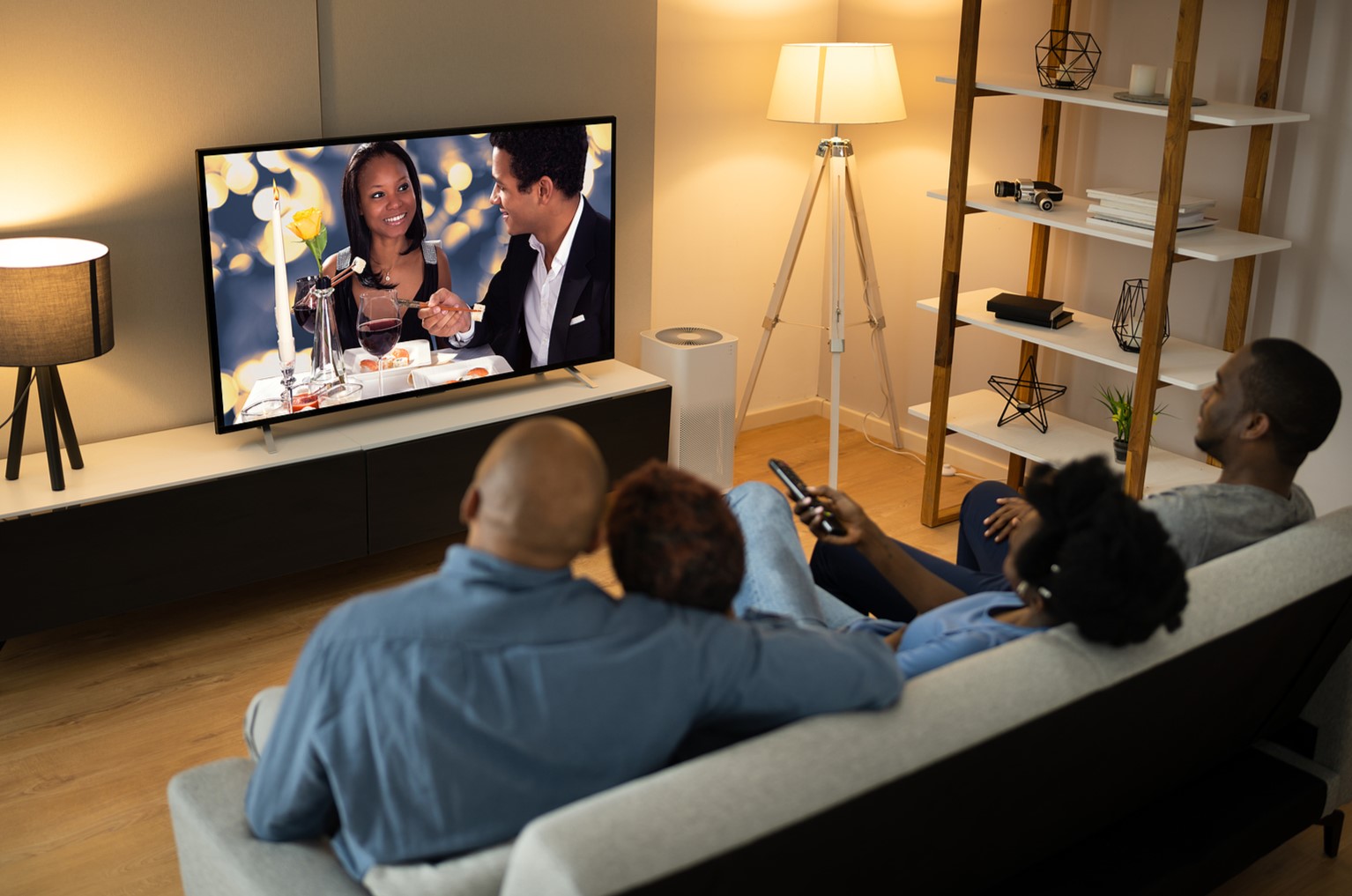
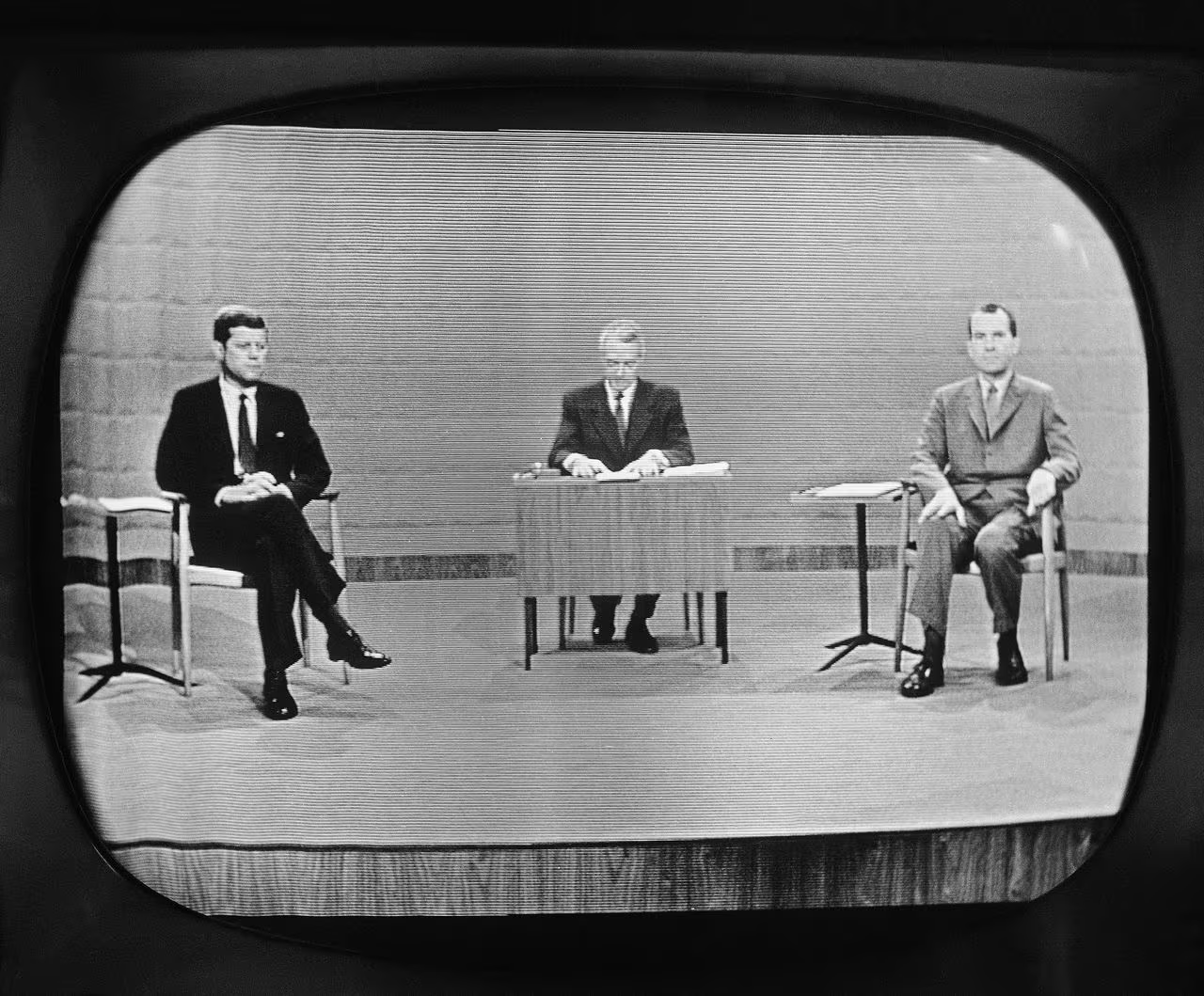
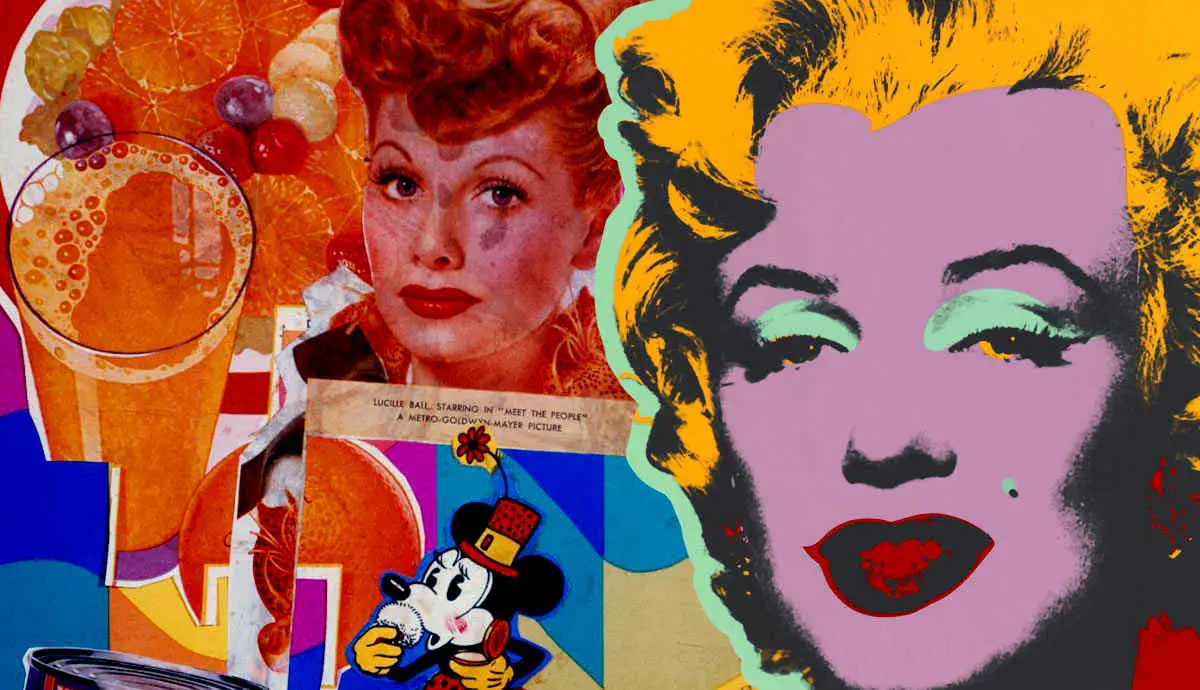

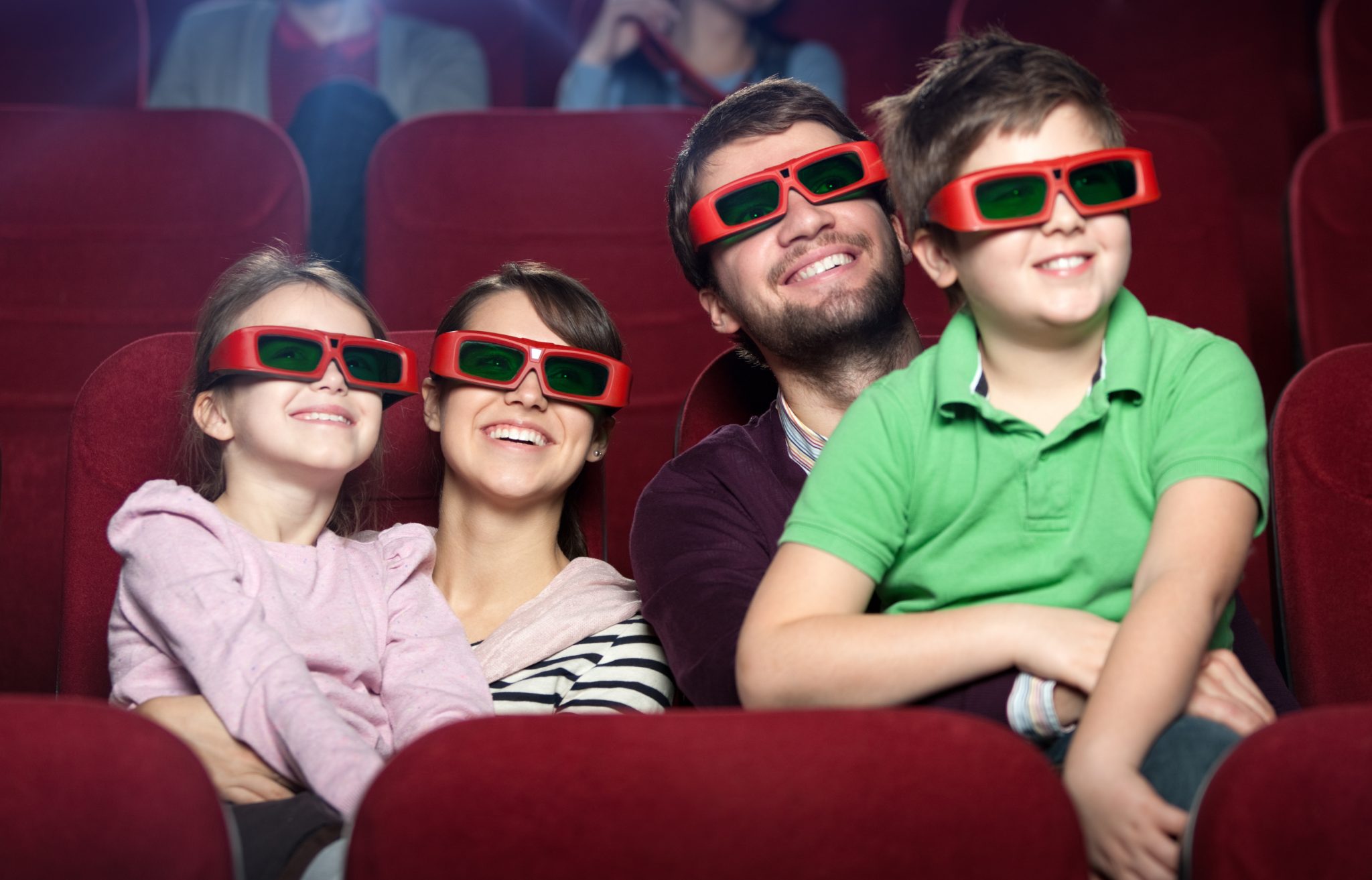







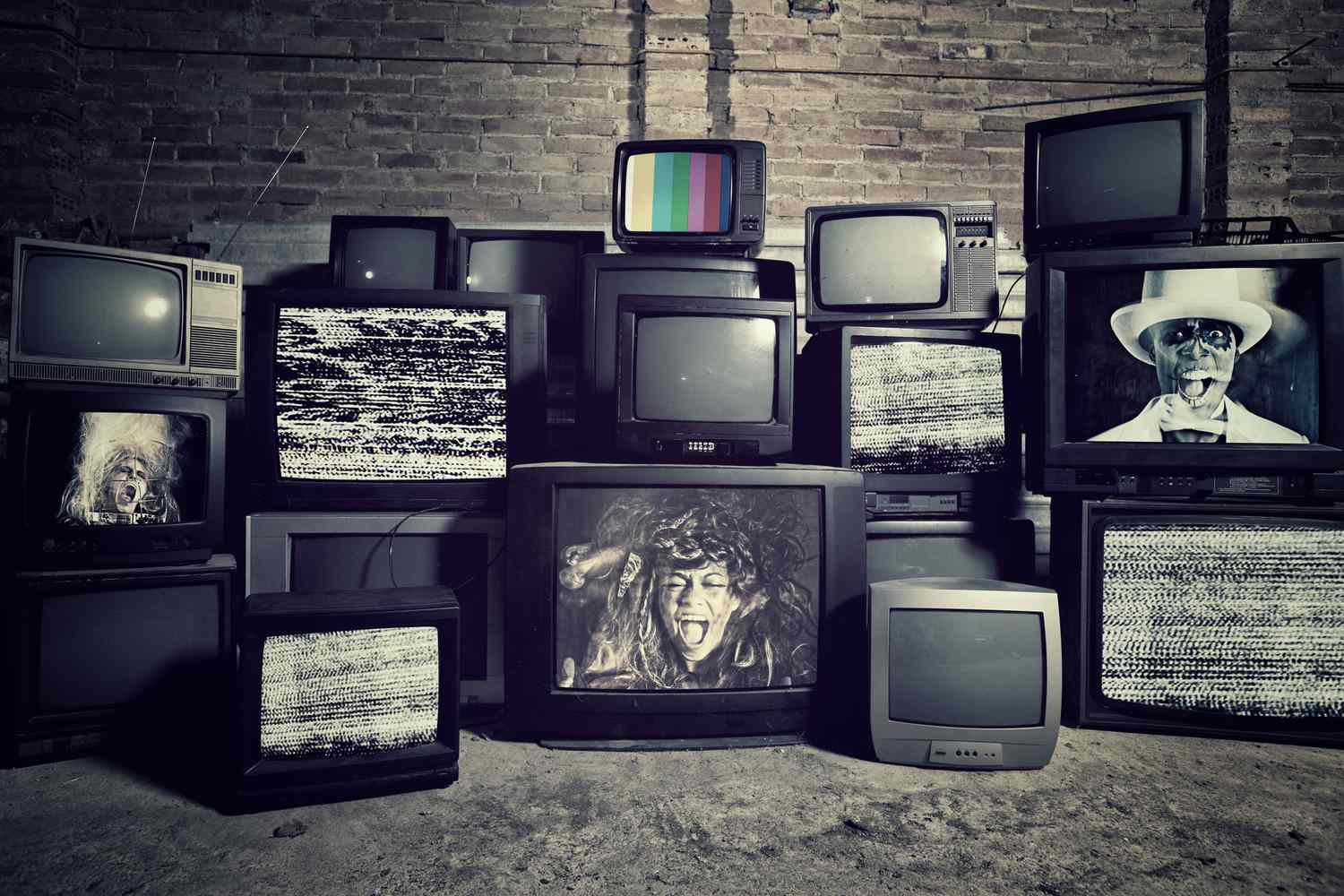


0 thoughts on “How Do Movies And Television Influence People’s Behavior”